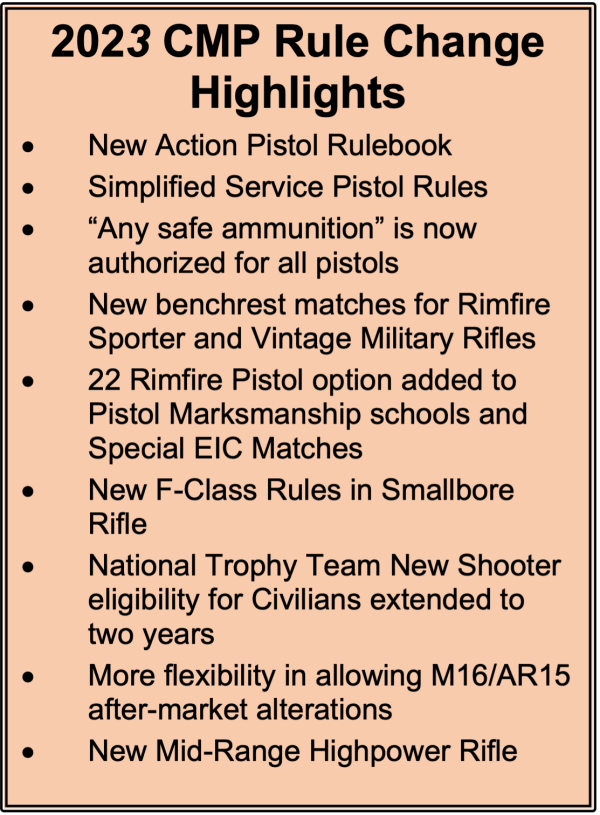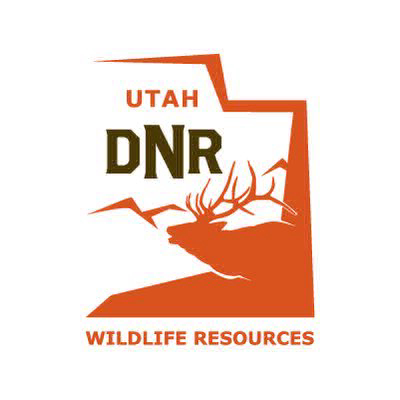Michigan Grouse, Woodcock Off to A Great Start

A month into grouse and woodcock season, early reports from hunters suggest that the season has started out with a bang.
“Avid grouse hunters are indicating the season appears good, dependent on location,” said Department of Natural Resources upland game bird biologist Al Stewart. “This earlier part of the season always proves to be a unique challenge, with leaves still on the trees, but leaves are now starting to fall and the woodcock migration has started.”
Michigan’s small game hunting season, which includes grouse season, opens annually Sept. 15. Woodcock season varies from year to year, due to the woodcock’s federal migratory bird status, and this year opened Sept. 19.
“Some areas of the Upper Peninsula are reporting flushing six grouse an hour, with woodcock being four to five per hour,” said Stewart. “Northern Lower Peninsula flushes are more sporadic, and everyone’s experiences are always different. In the end we look back at all reports, on a larger scale, to see trends.”
Since the 1950s, information from hunters has helped the DNR monitor grouse and woodcock populations and build reports. Hunters interested in contributing to these efforts can become grouse and woodcock cooperators by tracking and reporting their hunting seasons.
Michigan is a national leader in excellent grouse habitat. Aspen, a tree that is key to the success of grouse and woodcock, is abundant in northern Michigan. Active timber management continuously creates the young forests that many different wildlife species enjoy, while providing needed timber products and jobs for rural economies.
“We are hearing that some areas known as prime spots for grouse are lacking the normal hawthorn and dogwood fruit grouse prefer in the fall,” said Stewart. “Look for areas with fruit when seeking grouse. For woodcock, focus on areas of alder and dense young aspen, where the ground has good moisture.”
Looking to give upland bird hunting a try? Seeking a new location to explore? Try one of Michigan’s 14 GEMS. GEMS, or Grouse Enhanced Management Sites, are premier, remote grouse-hunting locations with hunter walking trails winding through great habitat. Hunter walking trails are for anyone with mobility challenges, or even those more comfortable walking a trail than blazing through the brush. Visit the GEMS website for more information, including individual maps of the GEMS and businesses offering discounts to GEMS hunters.
All that is needed to hunt small game is a base license and, for woodcock, the free woodcock stamp. Grouse season runs through Nov. 14 and then again Dec. 1 to Jan. 1. Woodcock season ends Nov. 2.






